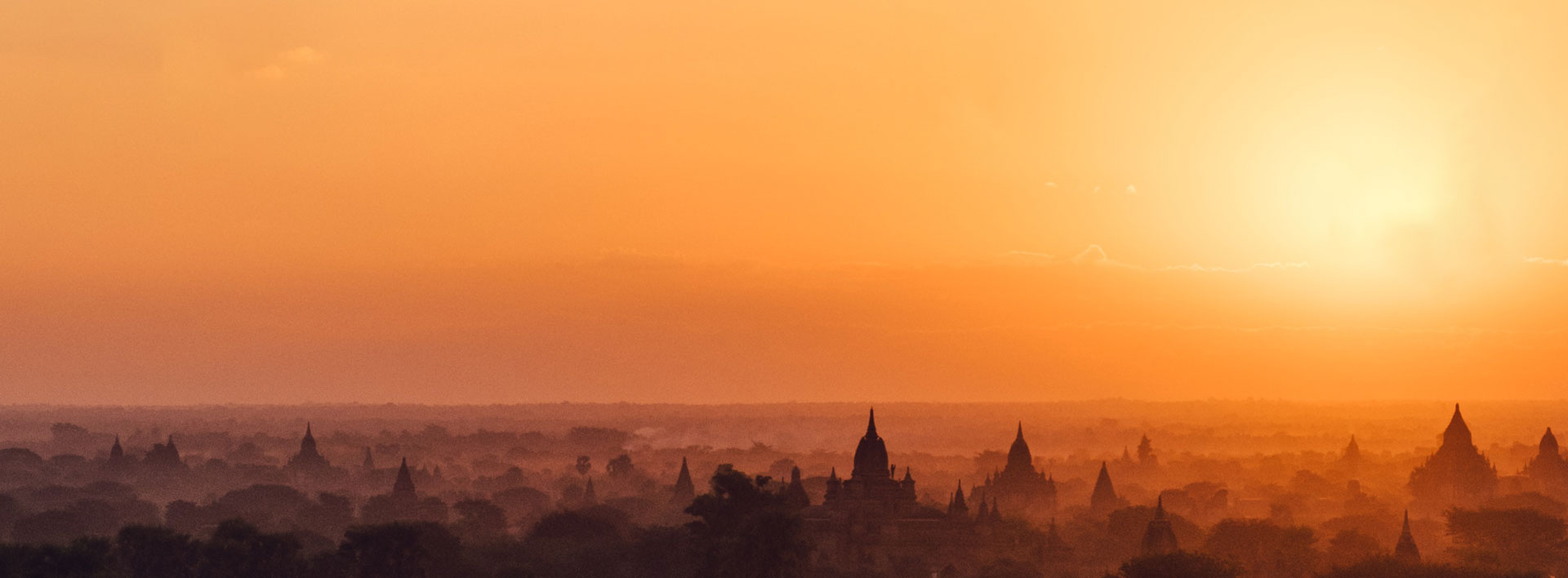Essential information
Lumbini, also known as Lumbini, lavani, Linwei, etc., is the birthplace of Sakyamuni Buddha and one of the main holy places of Buddhism in Nepal today. It is located in the southwest of Nepal and the border of India, within the territory of lupandhi County, 360 km from Kathmandu. Cultural sites protected by the government of Nepal.
Lumbini, also known as the "hometown of Buddha", is a very pure place. The people here are simple and honest. Most of the areas are villages. There are extremely tenacious taru people. They have been farming for generations, living in a hot southern plain where they can only get two hours of electricity a day. Do you think their life is boring? Then the taru people will tell you: everything is good here, but there is less electricity. Probably because they are born to live in a bad environment, most of the taru people are born to be optimistic and happy. And it is this kind and cheerful folk custom that embodies the spirit of Lumbini, the hometown of Buddha.
As the birthplace of Buddha Gautama Siddhartha (Sakyamuni), Lumbini is one of the most important religious shrines in the world. Finally, the positive results obtained by the Buddha under the bodhi tree make the world have a philosophy of loving peace and thinking. He was born in May 563 BC under the saposhi tree in Lumbini.
Survey
Lumbini is located in lupandhi County of Lumbini District in southern Nepal. It is a world-famous Buddhist holy land. Lumbini is about 360 kilometers away from Kathmandu. It is located in the Terai plain in southern Nepal. It has a tropical climate with a maximum temperature of about 50 ℃. As the road from Kathmandu to Lumbini is the main traffic artery in Nepal, with many cars and dangerous roads, the author finally arrived at the destination after a long journey of 7.5 hours. In 565 BC, Sakyamuni, the founder of Buddhism, was born here. As early as more than 1500 years ago, the Chinese eminent monk Faxian came to Lumbini via India via Xinjiang, crossing quicksand and lush mountains, and became the first person with real records among foreign visitors to Nepal. Xuanzang, a famous monk in the Tang Dynasty, also came here in 633 ad to receive scriptures.
This is a beautiful place. On the plain of the mountains, there are trees, streams, fragrant orchids, red azaleas, dotted with spring. Among the mountains in the distance, there are towering peaks, misty clouds, misty clouds, howling mountain winds, roaring pines, and plucking pine needles, like countless keys, which have become a grand, majestic symphony. Wisps of cloud and mist float from the mountains to the flat like smoke, just like the gentle veil that covers the earth with a mysterious color.
This is a sacred place. The white square two-story mahamaya lady temple is solemn, solemn and elegant. The pool beside the temple is as clear as a mirror. Under the sunshine, there is a little golden light. There is a whirling tree by the pool. The tall trunk stands tall, and the broad crown leaves a shade for the temple.
Here. Every day, there are countless pilgrims, devout Buddhists, who travel thousands of miles, across mountains, over rapids and canyons, to come here and offer their gifts to express their sincere feelings.
Here, is the famous Buddhist holy land, the birthplace of Sakyamuni, the southern Lumbini.
Lumbini means "lovely" in Sanskrit. This is the garden of Lumbini, the wife of the ancient heavenly arm Kingdom, which is named after people.
One day in 565 BC, on the way back to her mother's home, Queen Maya Devi of kapiluwi passed by the Lumbini garden. She was attracted by the beautiful flowers and lived there to enjoy them. The next day, it was the 15th day of the first month of the lunar calendar. At night, the round moon hung in the air. The silvery moonlight covered the beautiful garden. The dignified queen Devi, immersed in the beautiful scenery of the day, supported the SASA trees in the garden painlessly and gave birth to the Prince Siddhartha.
Prince Siddhartha is dignified and talented. His father, King Jingfan, had great hopes for him when he was 16. He married a beautiful princess from a neighboring country. But Siddhartha had a lot of thought and thought deeply about the suffering of life. At the age of 29, Siddhartha abandoned the noble status of the prince, left his wife and children, shaved his hair, and visited famous teachers in the mountains and wilderness in order to relieve the pain of life. In his middle age, he finally came to a great enlightenment under a bodhi tree. Established the Buddhist doctrine. Because he is a member of the Sakya people. So his followers and believers call him "Sakyamuni", which means "sage of Sakyamuni".
After Siddhartha founded Buddhism, Lumbini was regarded as the holy place of Buddhism, because saints were born here.
There is a temple in Lumbini to commemorate the birth of Buddha, in which there is a stone map of the birth of Sakya. In the north of the temple stands a famous Ashoka stone pillar, which is engraved with the inscription "where the Buddha was born".
Lumbini is Nepal's pride and a world-class cultural resort. Every year, on the 15th day of the first month of the lunar calendar, there will be a commemoration of the birth of Sakyamuni, in memory of the great historical man who has brought great influence to human thought.



